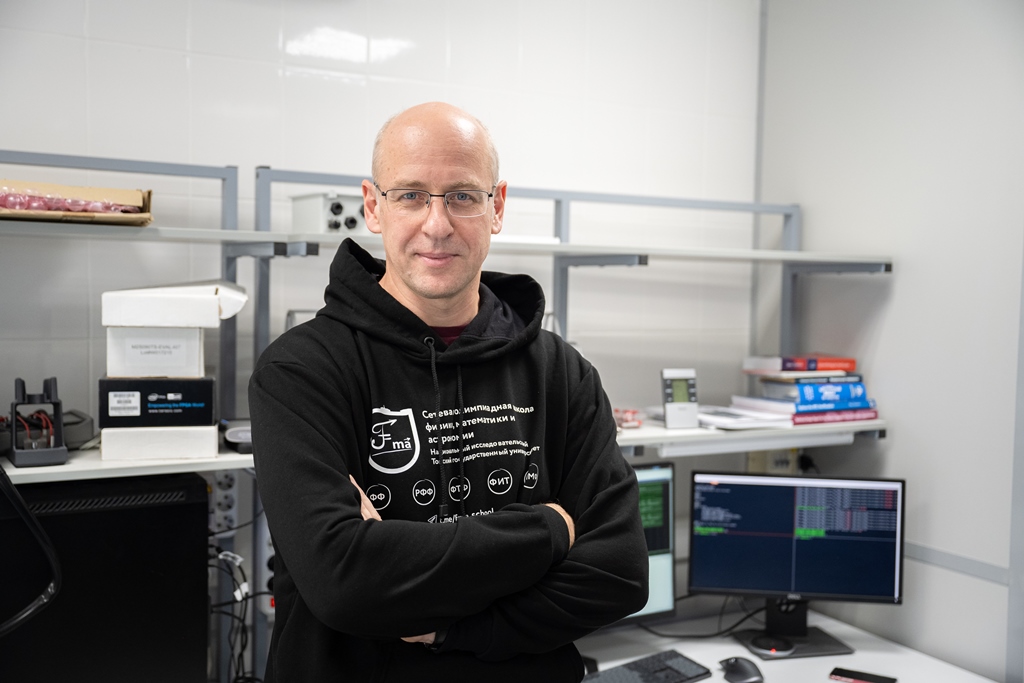TSU has recently upgraded its SKIF supercomputer to support the data processing needs of the NICA collider project, thanks to a megagrant from the Russian government. This new equipment will enable TSU physicists to handle large amounts of data for the NICA project, which is part of the national initiative "Science and Universities".
SKIF Cyberia was created and installed at TSU in 2007 and was considered the most powerful CIS supercomputer at the time, with a system performance of 8.9 TFLOPS in Linpack benchmarks. Over the years, the capacity of SKIF Cyberia has been systematically increased. Currently, the TSU supercomputer ranks 36th in the list of the most powerful in the CIS, with a peak performance of 239 trillion operations per second.
The new equipment, worth more than 32 million rubles, has been purchased through a megagrant from the Russian government. It includes 640 central processing units (cores), graphics accelerators for running artificial intelligence algorithms, over 2.8 TB of RAM, and a high-speed data storage system with a capacity of 90 TB.
It was previously announced that TSU scientists were awarded a grant of 500 million rubles to implement a research project in high energy physics. One of the project's objectives is to transfer the international experience gained at the Large Hadron Collider (LHC) at CERN to the Russian hadron supercollider NICA. In previous years, physicists from TSU have actively participated in LHC experiments such as ATLAS, TOTEM, and CMS.
The NICA (Nuclotron-based Ion Collider fAcility) supercollider is currently being constructed at the Joint Institute for Nuclear Research (Dubna, Russia) to study the properties of dense baryonic matter. With the help of NICA, scientists plan to recreate and study quark-gluon plasma, a special state of matter that existed in the first ten-thousandths of a second after the Big Bang.

Supercomputers play a crucial role in analyzing big data arrays generated by high energy physics experiments. According to Sergey Filimonov, the main focus of scientists working under the megagrant is to model complex systems of elementary particle detectors and analyze data from experiments conducted at these facilities.
The megagrant project at TSU encompasses multiple interconnected scientific endeavors that directly pertain to the NICA supercollider and experiments. These include modeling particle detectors, analyzing big data in experiments, and developing new methods of data analysis using AI and machine learning. Additionally, they are involved in the development of data acquisition electronics for particle detectors.